Everything You Need to Know Before You Buy Antiperspirant Again
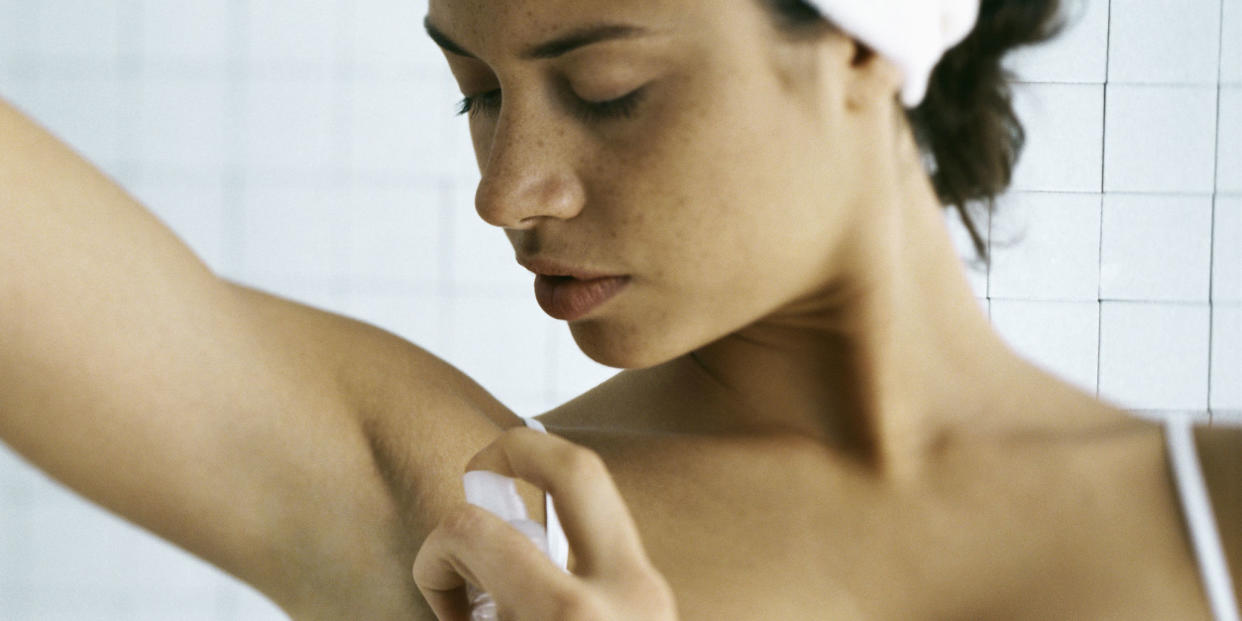
You wear it every day, but how do you know if your antiperspirant is The One? Here's everything that doesn't fit on the little label.
Antiperspirant, deodorant - isn't it all the same?
Nope. "Deodorant doesn't prevent sweating - it may slightly absorb it, but mostly it reduces the odor by killing bacteria or by masking it with fragrance," says Alicia Barba, MD, a dermatologist for Dove. Only antiperspirants stop sweat. APs are classified by the FDA as over-the-counter drugs due to their active ingredients, aluminum salts, which form temporary plugs that block sweat glands, so moisture can't escape.
What's the deal with clinical strength?
It's stronger than basic antiperspirant. Standard formulas are often made up of 8 to 19 percent active ingredients, says Jaime Stahl, a scientist for Secret, while most clinical-strength versions (such as Secret Clinical Strength) have 20 to 25 percent.
Wait … you can get a prescription?
Yes. It's a good option for those diagnosed with hyperhidrosis, aka excessive sweating. If clinical-strength AP isn't cutting it, talk to your doc or derm, who may prescribe Xerax AC or Drysol. Heads up: Prescription APs are often heavy on aluminum chloride and mixed with alcohol - both ingredients can irritate the skin in high doses.
I've heard of people getting Botox to prevent sweating. How does that work?
Botox blocks signals from the nerves to the muscles. In your face, that means the muscle temporarily stops contracting, softening fine lines. In your pits, it blocks the signal from the nerves to the sweat glands, says Ranella Hirsch, MD, a Boston-based derm. Like Rx APs, Botox is reserved for excessive sweaters. Results can last anywhere from a few months to more than a year, and while some insurers cover it, treatment can be expensive.

I swear my work clothes often smell worse than my gym clothes. WTF?
Normal sweat from, say, a spinning session is made of mostly water (specifically, 99 percent H2O plus a small amount of dissolved salts and amino acids), pumped out by the eccrine glands, which are spread out all over the body. But stress (like that brought on by a bad meeting with your boss) triggers a release of adrenaline, pushing sweat from your apocrine glands, concentrated largely in your pits. "These glands release stress sweat, made of about 80 percent water and 20 percent lipids and proteins - nutrients for bacteria to feed on," says Stahl. Result: more pungent BO.
Do natural deodorants work?
Sort of. Like other deodorants, "natural ones are not giving you a direct antiperspirant benefit," says Stahl. However, they're often formulated with ingredients like baking soda, plant powders, essential oils, and clays that absorb sweat and reduce odor-causing bacteria.
When is the best time to apply antiperspirant?
Surprisingly, before bed. The aluminum salts, which plug the sweat glands, are best absorbed when your body is at its baseline temperature and less active, says Stahl. Shower in the morning? No worries - washing shouldn't remove the sweat-proofing plug.
Which lasts longer: sticks or sprays?
"Sticks allow you to apply the product more evenly, leading to better application and performance," says Stahl.
My pits itch after I apply antiperspirant. Am I allergic?
The issue likely has more to do with shaving than antiperspirant. Razors can remove part of the protective skin layer. Following up with AP can make a bad situation worse, since most have fragrance (an allergen to some) or alcohol (which can be drying). Your best bet: Buffer in a few hours between shaving and applying AP. (If you shave in the morning, apply your sweat protector at night, or vice versa.)
Why does my antiperspirant yellow white shirts - and how can I prevent it?
"Yellow stains are caused by a reaction between body oils, sweat, and AP ingredients," says Mary Begovic Johnson, a P&G fabric-care scientist. Unlike a one-off stain, these stains compound with each wear, making it harder for detergent to lift them. Cotton and other natural fibers (like linen or wool) are the most prone to these stains, as they're the most absorbent. "To help minimize a stain, make sure your antiperspirant is dry before putting on your clothes," says Stahl. "If it's damp, it can easily transfer to fabric."
Is antiperspirant really linked to cancer?
Don't buy into the rumors, says Ted Gansler, MD, director of medical content for the American Cancer Society. "A very thorough study comparing underarm hygiene practices of 813 breast-cancer survivors and 793 women without breast cancer found no evidence of a link between breast cancer and antiperspirants or deodorants," he says.
Here are five great ways to stay dry and sexy - no matter what your sweat sitch.
Sensitive Types
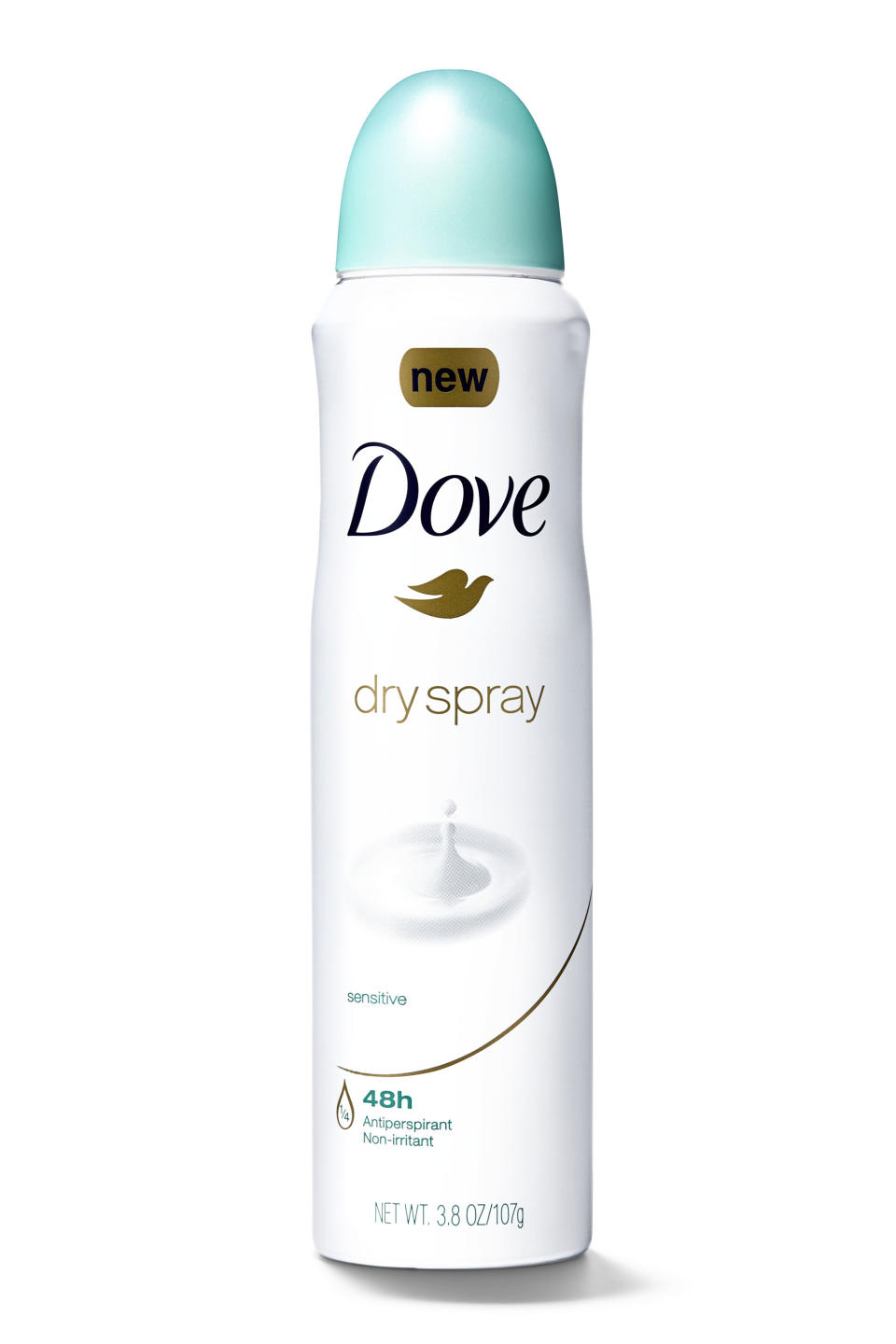
Moisturizing, unscented, and lasts 48 hours, so you can apply less often. Dove Sensitive Skin Dry Spray Antiperspirant, $5.50, drugstores.
Stress Bunnies
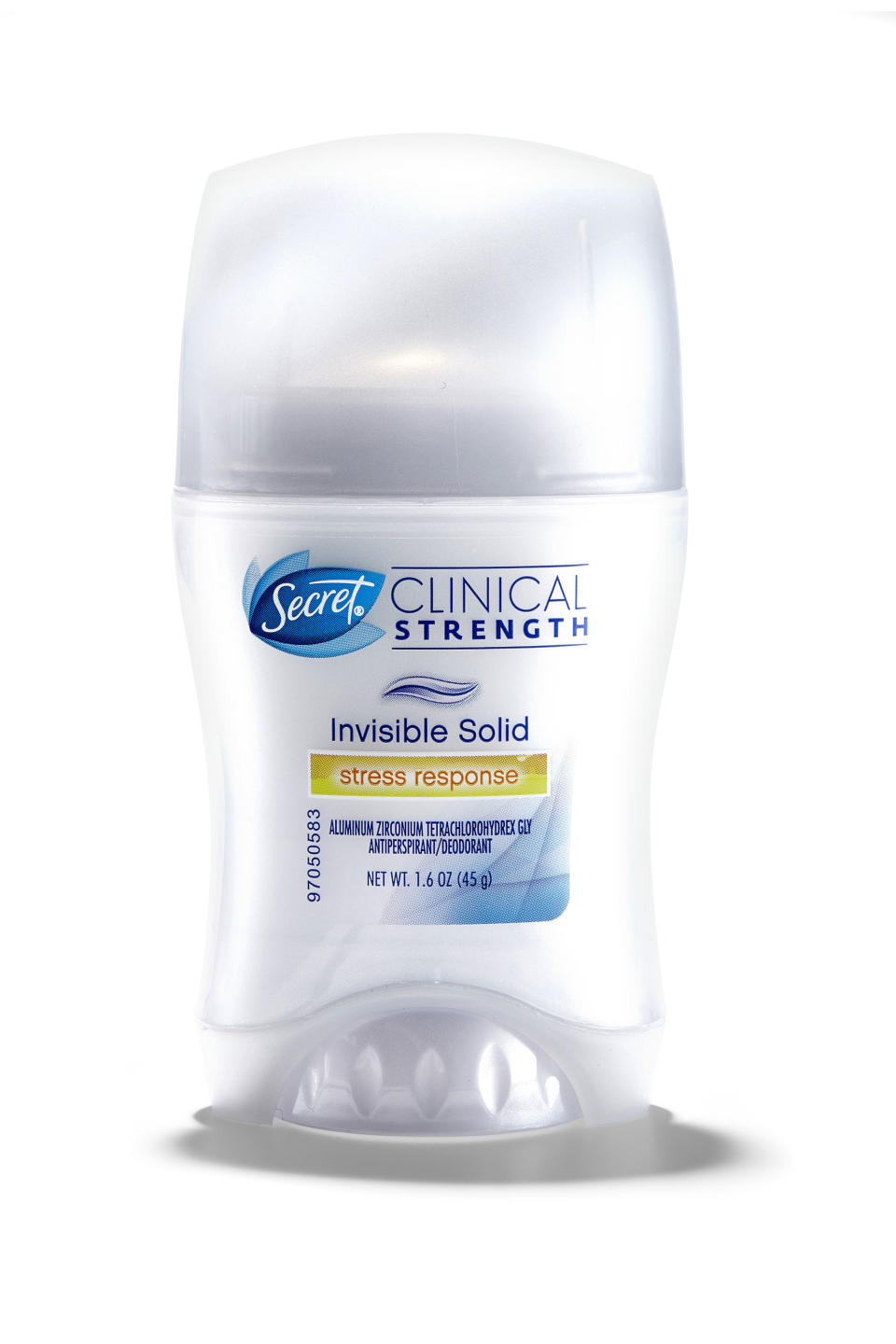
Stressful gig? When things heat up, this traps odor and kicks in a fresh scent. Secret Clinical Strength Stress Response Invisible Solid, $8, drugstores
Dry-Clean Addicts
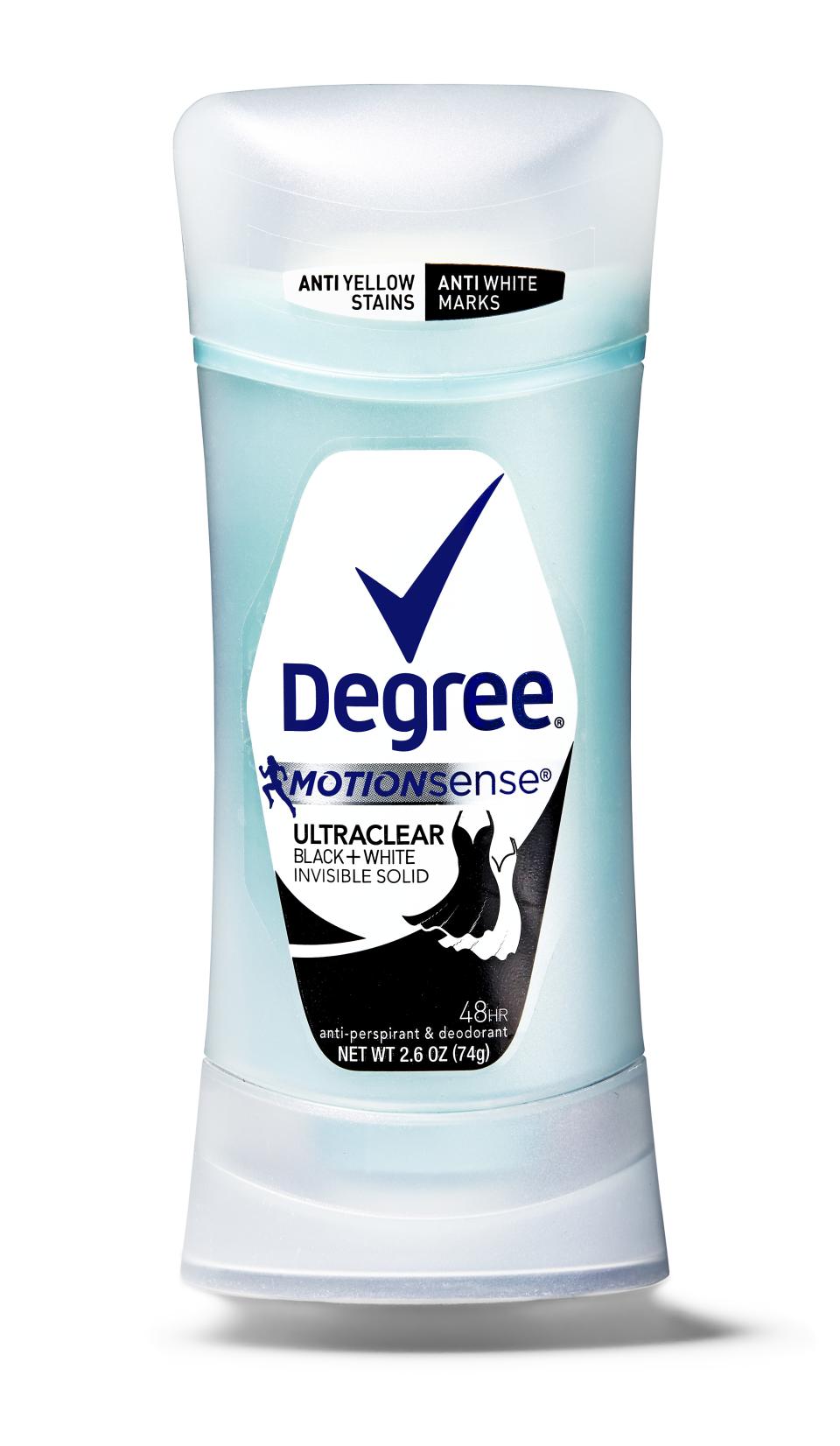
Fabric-friendly, it's formulated to protect against both yellow stains and white marks. Degree Women Ultra Clear Black+White, $4.50, drugstores
Beach Babes
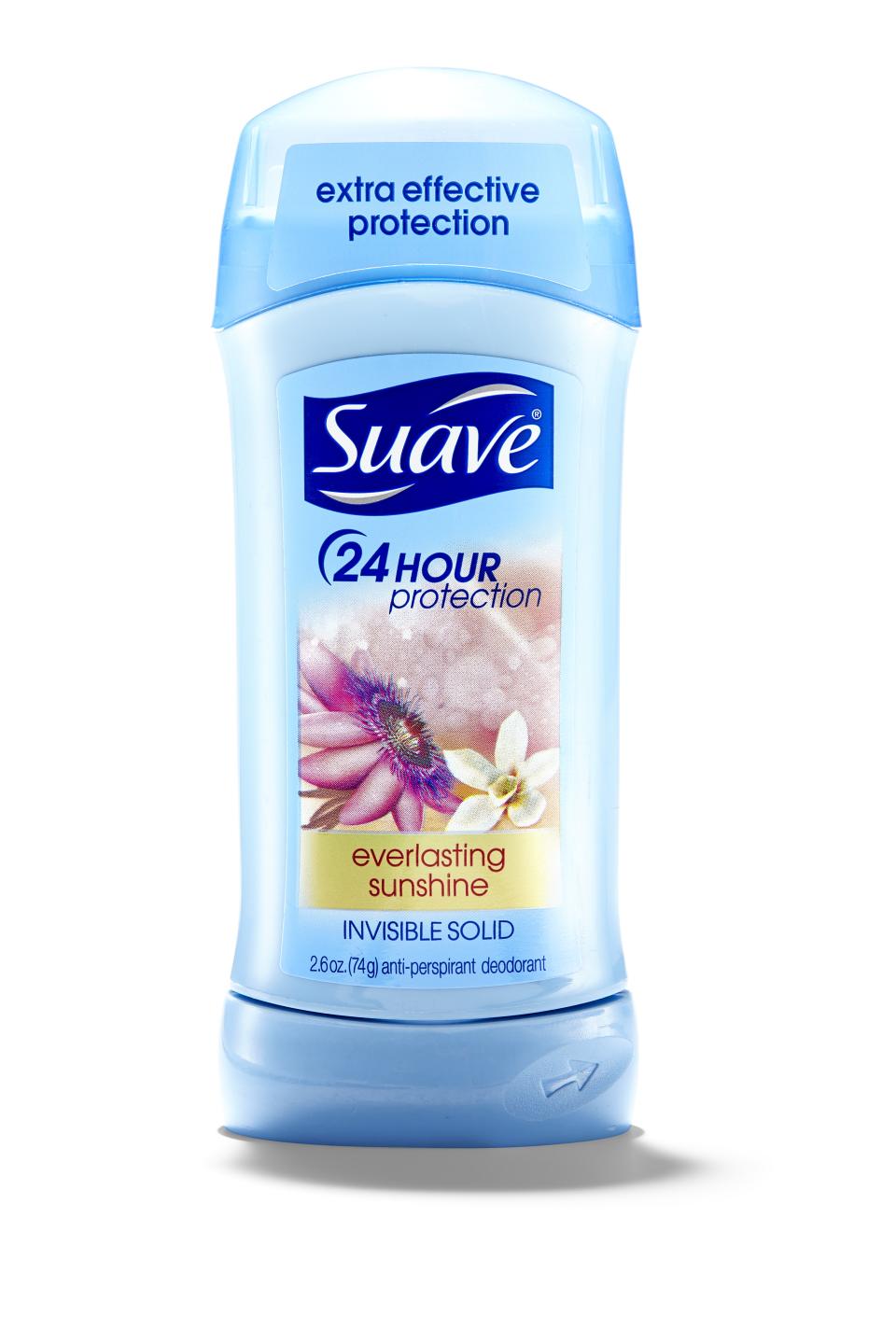
Maybe it's the vanilla, but this is a dead ringer for that sultry surf-wax scent. Suave 24-Hour Protection Invisible Solid Antiperspirant/Deodorant in Everlasting Sunshine, $2, drugstores
Naturalistas
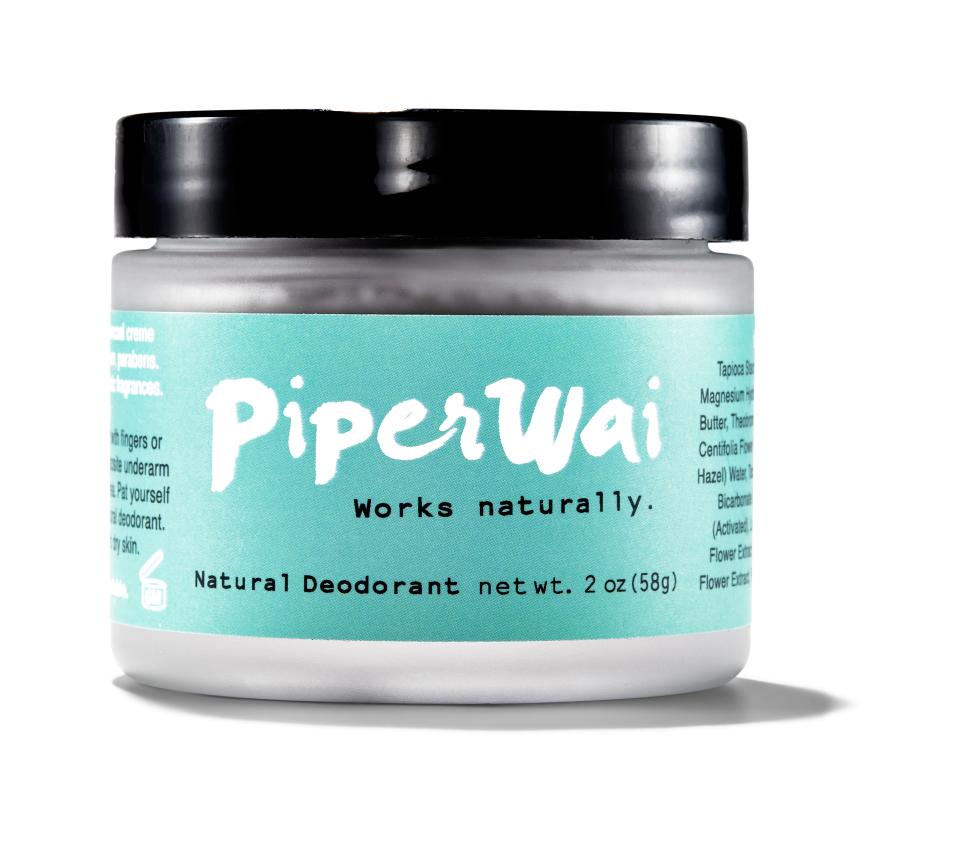
We asked a few AP die-hards to test this charcoal-based deo - they're now full-blown converts. PiperWai Natural Deodorant, $12, piperwai.com
This article was originally published as "Swipe Right" in the July 2016 issue of Cosmopolitan.

 Yahoo News
Yahoo News 
